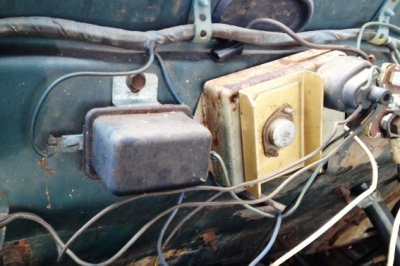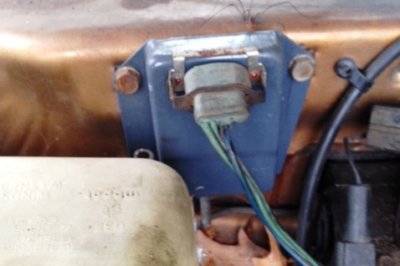NickOReilly
Active Member
Hey guys, seeing if I can get a little help... Sooooo, I have a '70 or '71 440 (cant remember) put into a '67 Satellite, trying to figure out why the low voltage. Put in a new Evans harness, electronic ignition, new voltage regulator, new single field alt, took it back and had them test the new alternator to be sure,... anyhoo with the engine idling and the multimeter on the alternator lug, I show 11.8ish volts, it will climb to 12.5ish when revving up,... my battery is a bit low at 12.2 with the engine off, but running I see a climb on the battery when revving up. So not being too experienced, i figured this seemed about right, went for a 30 minute cruise, tried to restart and dead as a door nail. Sooo I started thinking, I replaced the 4 groove crank pulley and replaced with the 440 Source double v crank pulley and 440 source water pump pulley. The 2 groove crank pulley is a little different, the inside alt/water pump groove being about 1/2'' smaller radius as the original.... the smaller crank pulley causing me to lose a few rpm's from my alternator??? Causing me to come up short? Anyone had any issues like this? Or is my problem elsewhere??


















